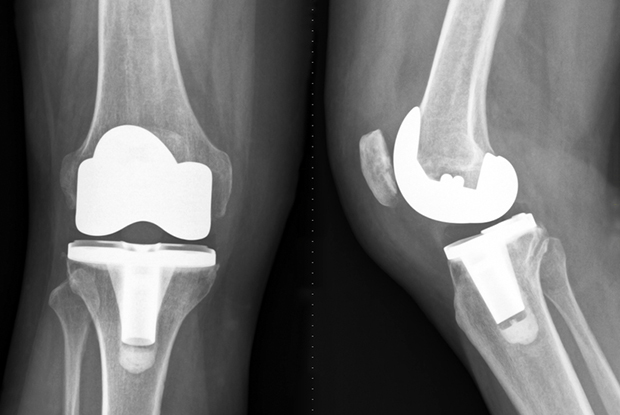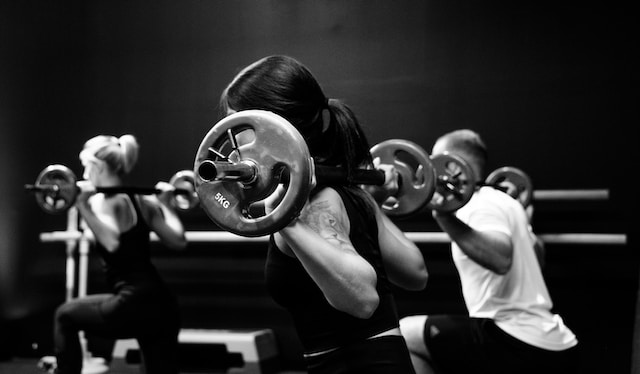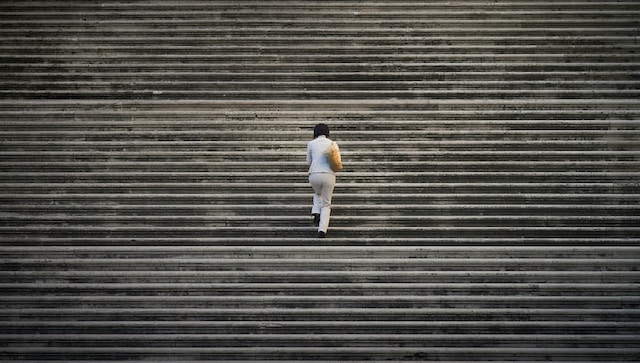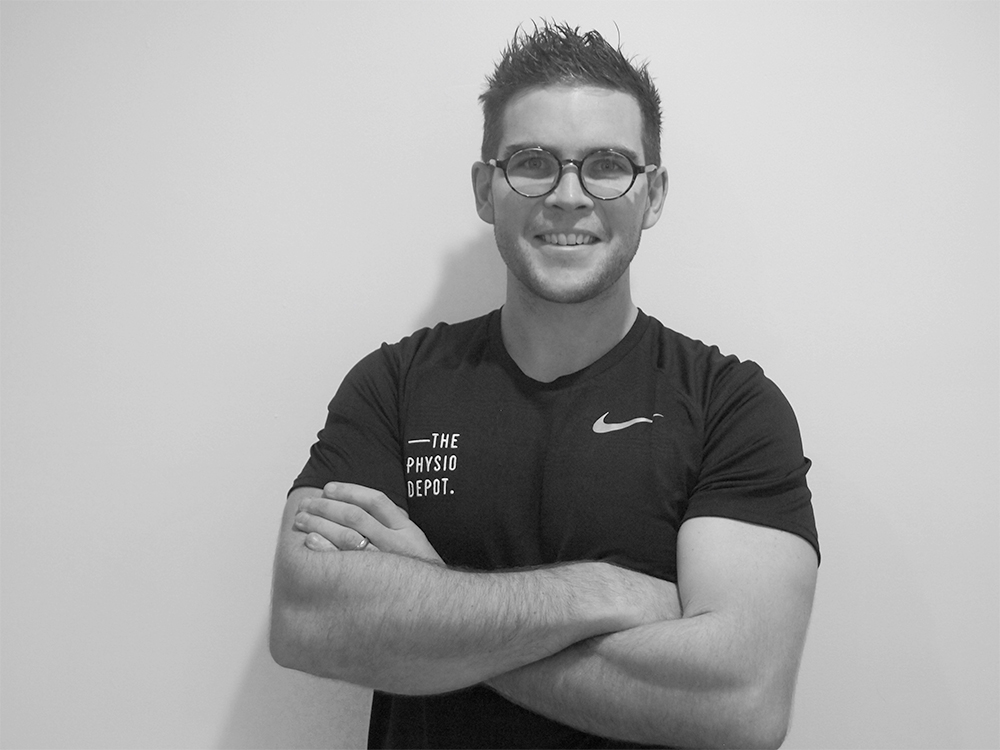Total Knee Replacement
Total knee replacement (TKR) is a surgical procedure where a damaged or worn out knee joint is replaced with an artificial joint. The purpose of the surgery is to relieve pain and improve mobility in the knee joint. Following a TKR, physiotherapy is an essential component of the rehabilitation process, helping to restore strength, flexibility, and function to the knee.
Criteria for when to have a knee replacement depends on the individual. Generally the patient will have the following.
Marked changes on imaging (x-ray reveals marked osteoarthritic changes).
Reduced ability to do day to day tasks: Sitting, stairs, prolonged standing etc.
Chronic pain varying in intensity. Occasionally bad at night post activity.
Dependance on medications such as NSAID.
The rehabilitation process begins immediately after surgery, with your physiotherapist working with the patient to control pain and swelling and to begin gentle exercises to increase range of motion. As the patient progresses, the exercises become more challenging, with a focus on strengthening the muscles around the knee joint and improving balance and coordination.
The following are some key exercises that may be included in a physiotherapy program following a total knee replacement:
- Straight leg raises
This exercise helps to strengthen the quadriceps muscles. The patient lies on their back with their legs straight and lifts one leg off the ground, holding for a few seconds before lowering it back down. - Heel slides
This exercise helps to improve knee flexion and extension. The patient lies on their back with their legs straight and slides their heel towards their buttocks, bending the knee, and then slides it back out again. - Terminal knee extension holds.
This exercise helps to strengthen the quadriceps muscles and improve knee extension. The patient sits on a chair with their feet flat on the ground and a towel rolled up under their knee. They straighten their knee, lifting their foot off the ground and holding for a few seconds before lowering it back down. - Step-ups
This exercise helps to improve balance and coordination. The patient stands facing a step and steps up onto it with their operated leg, holding for a few seconds before stepping back down again. - Box squats
Essentially this mimics a sit to stand movement. - Stationary bike
Cycling on a stationary bike can help to improve range of motion, strength, and cardiovascular fitness. The resistance and duration can be gradually increased as the patient progresses. Once you have greater than 115-120deg this is a great long term option for exercise after sugery.
It is important to note that every patient’s rehabilitation program will be tailored to their individual needs and goals. Your physiotherapist will work closely with the patient to monitor progress and adjust the program accordingly.
A general timeline following total knee replacement as follows:
- Week 0-2
– Manage acute surgical pain and swelling
– Keep dressing clean and tidy to prevent infection.
– Begin gait re-training from day 1 using variety of aids.
– Start heel slides for knee flexion
– Start quadricep contraction as soon as possible. - Week 2-6
– Wean off all walking aids and slowly build into gentle walks
– Start standing exercises: Step up, squats, crab walk, mini lunges, wall sit etc
– Progress knee flexion exercises: Heel slides with a towel, skateboard off the edge of bed or pulling with opposite foot.
- Week 6-12
– Further progress strength work by adjusting load, reps, sets or volume of training
– Your knee should start to generally feel a little better now…
- Month 3 to 12 month
– You will see slow changes in your knee and rehab over the next 6-12 months.
– Things get easier, bending becomes less painful and the knee starts to ‘mould’ into being a part of you.
In summary, physio is a critical component of the rehabilitation process following a total knee replacement. It can help to reduce pain and swelling, improve range of motion and strength, and restore function to the knee joint.
Written by Pat Lincoln
(Physiotherapist)




